By Jim Carrier
Jack Hurst views the environment from the end of a fishing pole. He feels the tug of a biting pike, the nibbling of bluegills — and the numbing quiet of an empty hole.
Jack remembers when fishing was good in Warner Park.
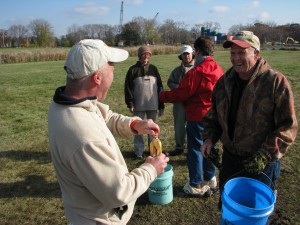
“In the 1950s you used to be able to walk on the fish. There were no houses here, then,” said Hurst a lifelong conservationist and member of Wild Warner.
Once known as Castle Marsh the waters of Warner Park were described in 1953 by the Dane County Conservation League as “the last good spawning ground in Lake Mendota and the only natural rearing pond in the area.” It was a nursery for northern pike, large mouth bass, carp and bullheads. In 1955 the Wisconsin Conservation Department bought 13 acres of the marsh to protect the nursery.
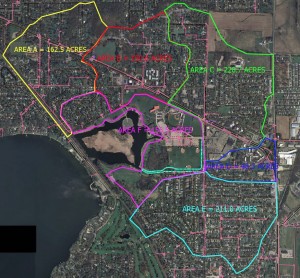
But over the years Hurst watched its demise. Suburban development brought storm runoff, salt, leaves and pesticides, while the park was drained and filled for ball fields and parking lots. The waters of Warner Park became the de facto dumping ground for Northside development, draining nearly 1,000 acres (949.5) and acting as a sieve before water flowed into Lake Mendota.
“Madison’s lakes are like a heart, and the marshes like Warner are the heart’s arteries. You destroy the arteries, you destroy the heart,” Jack once told the Parks Commission.
Madison either forgot or ignored the fact that Warner’s 60-acre marsh was an official wetland, protected under the 1972 Clean Water Act. This amnesia was evident when the park was chosen for Rhythm & Booms in 1992. A small “island” created by dredging in the 1970s became the “shooting island,” with fireworks aimed over the wetland. This arrangement protected crowds, dampened fires, and buried chemicals, cardboard, wires and fuse.
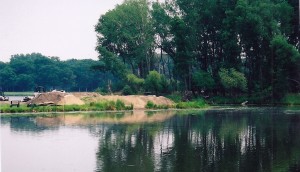
They also brought in tons of dirt to bury the mortars. Afterward, the sand was pushed to the edge and, often, into water. After 20 years the accumulated soil had grown into a sizable hill.
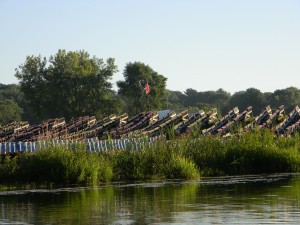
Hurst and other members of Wild Warner asked the city to study fireworks pollution. The 2012 study, sponsored by Alder Anita Weier, concluded that the fireworks had a measurable effect on the environment from heavy metals and perchlorate.
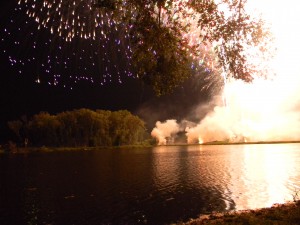
Wild Warner also petitioned the Army Corps of Engineers and the Department of Natural Resources to investigate. In the spring of 2013 they took core samples and determined that the city had violated the Clean Water Act by dumping fill in a wetland without a permit. They required the city to remove the soil and return the island to its 1970s level.
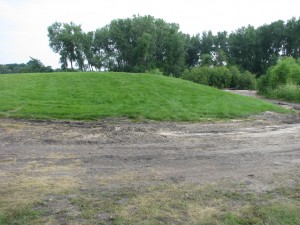
Nearly 200 truckloads, including sand, topsoil and concrete chunks, were hauled to Cherokee Marsh.
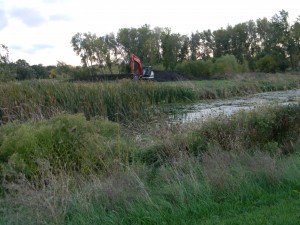
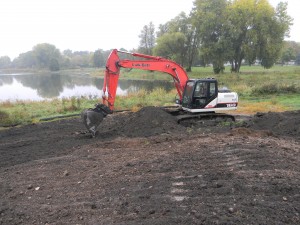
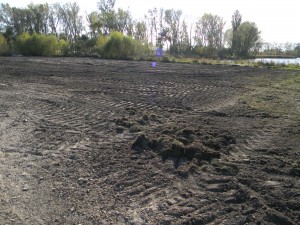
On November 7, Jack Hurst put on boots, dipped his hand into a bucket of native wild flower seeds provided by the Parks Department, and with other Wild Warner volunteers, began scattering them across the island.
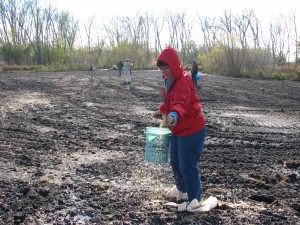
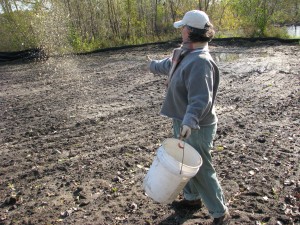
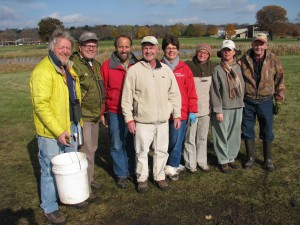
In the spring, flowers will rise, birds and turtles will return, and the former “shooting island” will become a wetland sanctuary. Jack Hurst hopes that some day the fish will be back, too.
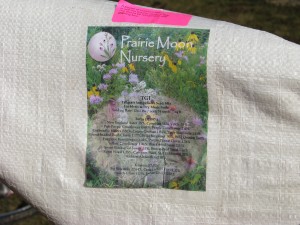
Russ Hefty described the benefit of planting this seed mix in the wetland:
As if to support the idea, a bald eagle surveyed the work from the cottonwood trees nearby. We took it as a sign – a return of our nation’s symbol.
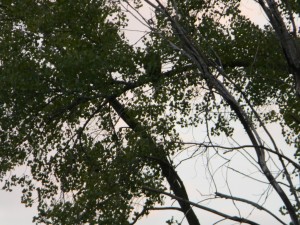
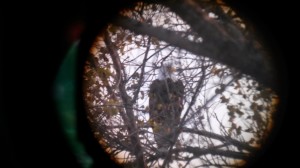
You must be logged in to post a comment.